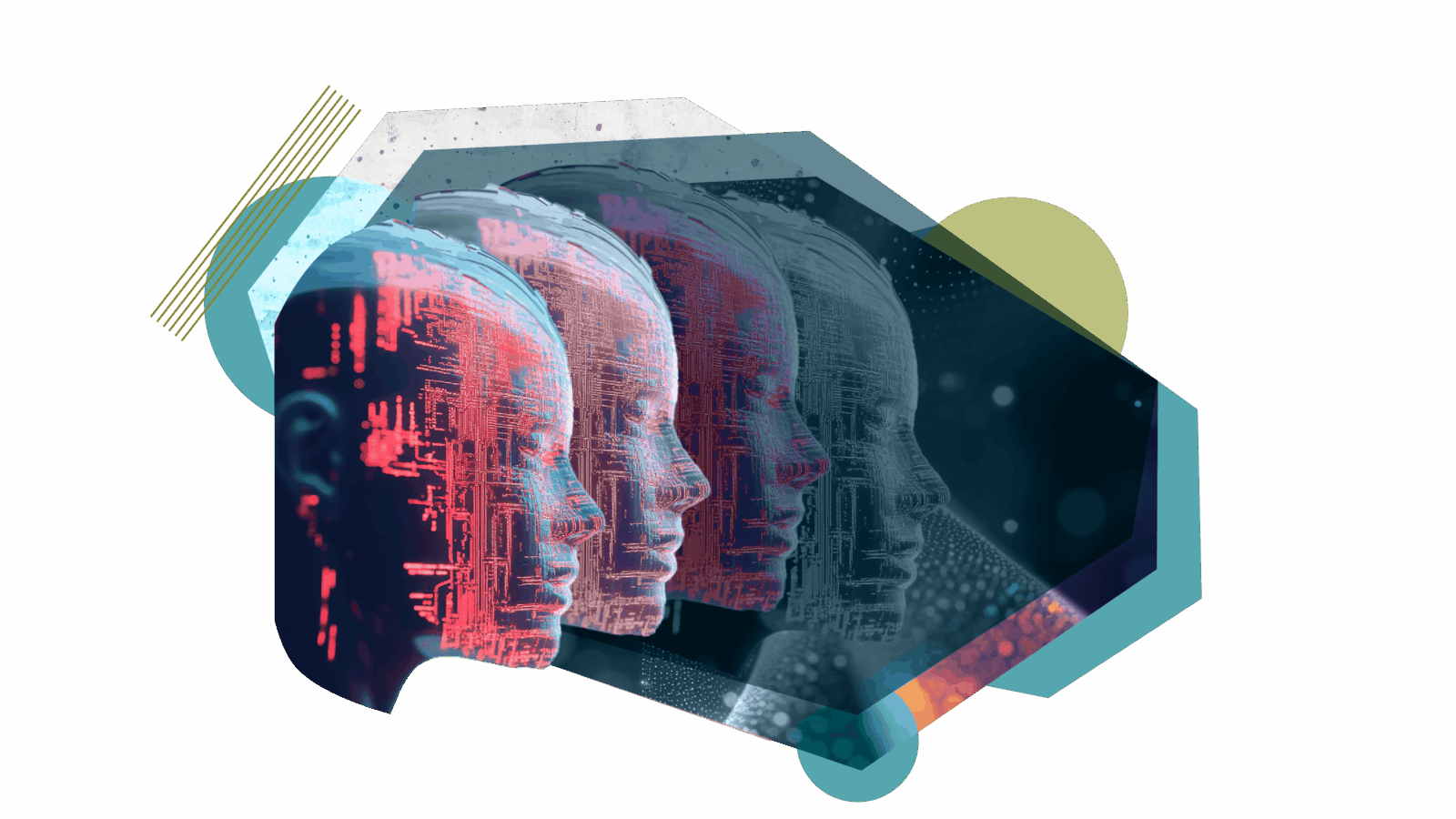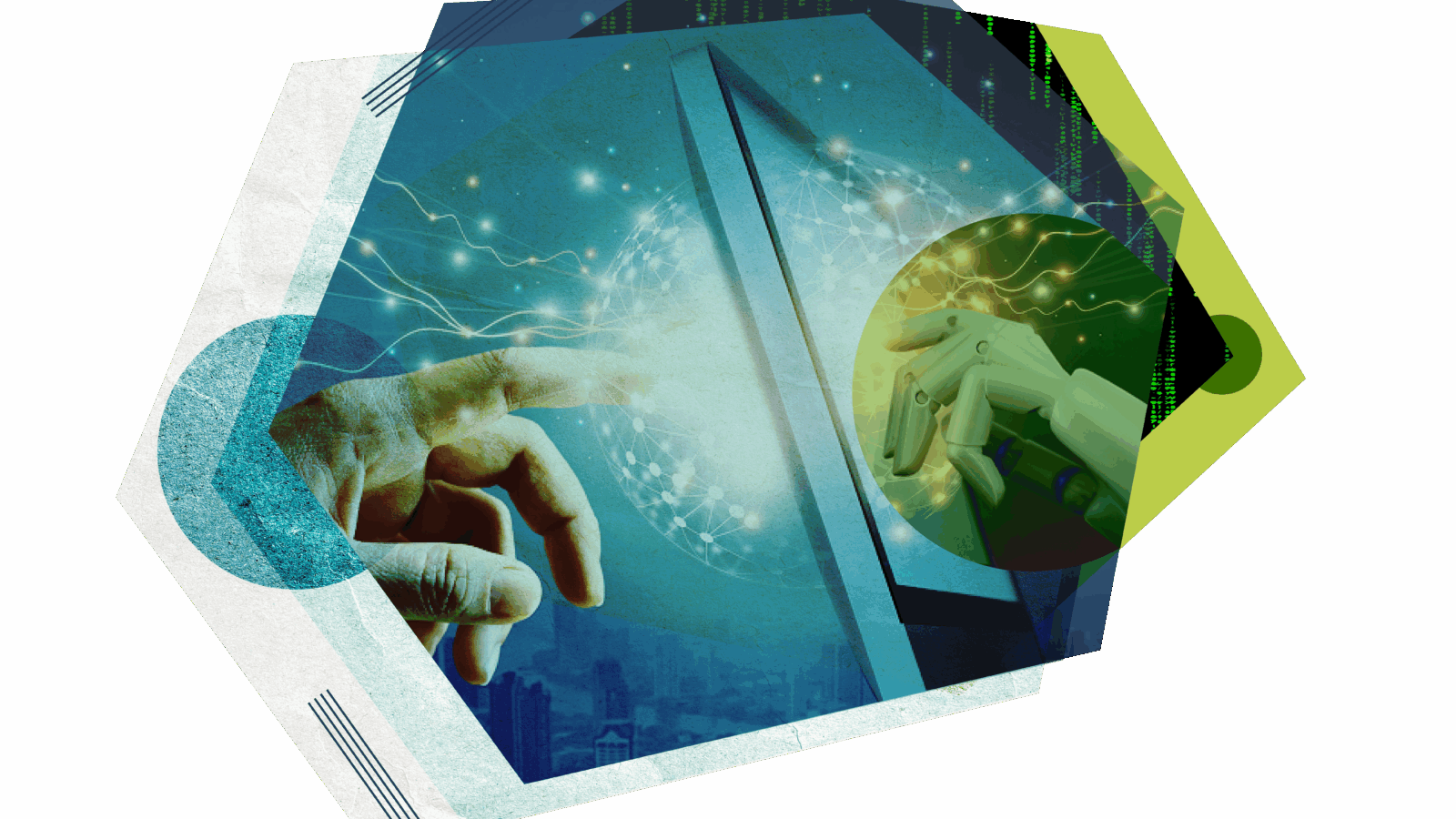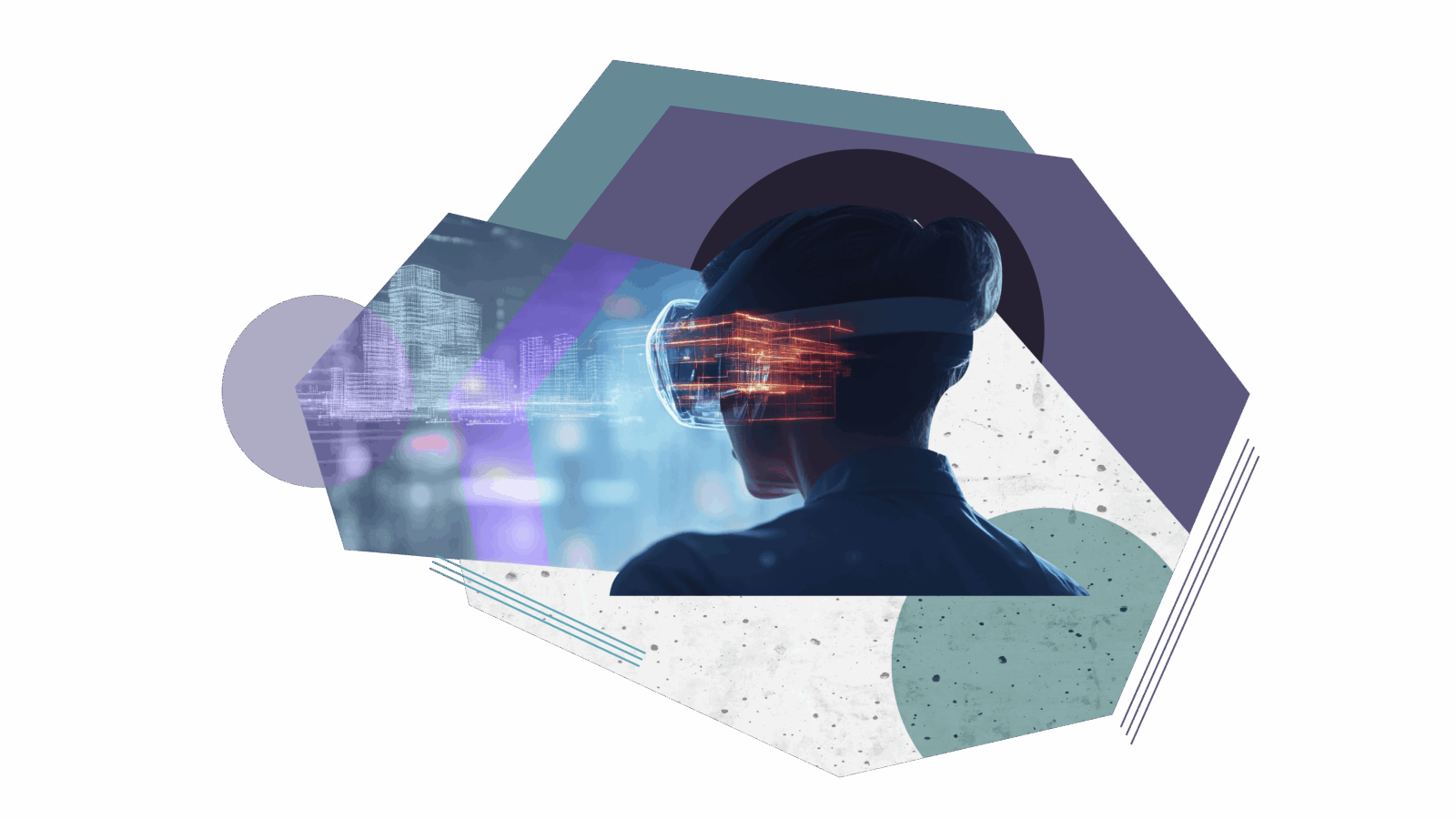Lessons from Day.ai’s journey to becoming ‘the Waymo of CRM’
Day.ai co-founder and CEO Christopher O’Donnell explains how to nail “magic” moments across different customer profiles in this episode of “Systems of Action.”
“Anybody who says they’re doing AI-native CRM, I just buy them flowers and a big, 10-pound bag of coffee and I just say, ‘Absolutely, good luck, have fun.’ It’s brutal,” Christopher O’Donnell told us recently. That’s exactly what he’s been doing for the past two years as the co-founder and CEO of Day.ai. And while he’s aware of the massive effort it will take to challenge legacy CRM players like Salesforce, there are few people better equipped to take that on.
Christopher is a veteran product operator and entrepreneur who founded multiple businesses including Profitwell and then joined HubSpot where he rose through the ranks over the course of a decade, ending his time there as chief product officer. At HubSpot, he overlapped with a sales leader named Michael Pici, and over time the two tossed around ideas of a next gen CRM, one that avoided costly, time intensive upkeep synonymous with the category. But it wasn’t until seeing the power of AI’s ability to reason over unstructured data that they felt confident they’d have something to build upon.
They launched Day.ai out of Boston in May 2023 and raised a $4 million seed round last June. As we’re building our AI systems of action roadmap “in public,” we had to invite Christopher to Bessemer’s Cambridge office to chat since he both deeply understands the incumbent CRM players and is leading the charge in this emergent category as AI transforms legacy systems of record (SoR). Together we dove into his GTM strategy and what it takes to wow customers at the early stage. Christopher is a character fond of some elaborate (and useful!) metaphors, and so we encourage you to check out the full video interview, but we’ve also gathered some key takeaways for you here.
Insights for founders when building Systems of Action
- Customers are still wary of full automation—even when it's accurate: AI-native systems must allow user control to build trust, even as automation capabilities improve.
- Overcoming the legacy lock-in myth: Despite assumptions that legacy CRM systems are too hard to replace, modern AI tools can seamlessly ingest and structure messy historical data. But the bigger challenge isn’t technical—it’s changing buyer mindset and proving that migration is no longer a dealbreaker.
- Avoid hubris. Don’t start with CRM rip outs: Instead of targeting big enterprises and trying to displace existing systems, focus on early-stage users with unmet needs. Grow with customers over time—from solo operators to small businesses—respecting the complexity and loyalty embedded in legacy CRMs.
- Don’t settle for incremental upgrades: Instead, aim for a generational leap in capability. That’s what AI makes possible—and the magic that customers deserve.
Navigate the ‘fingers on the wheel’ approach to automation
Day.ai brings automation to three channels: people, pipelines, and pages. The goal, Christopher said, is to make it “the Waymo of CRM—the full, self-driving CRM.” He and the team expected that they’d take a fairly straightforward, if difficult, path to 100% automation, but soon realized after discussions with current and potential customers that there was some anxiety over fully letting go of control. The Waymo comparison is an especially apt one, Christopher pointed out, because customers still need to have some degree of control, like driving with their “fingers lightly on the wheel”. For example, Day is aiming to fully automate manual CRM processes, but in some cases customers weren’t ready to believe just how good the product was at automatically populating their pipeline for instance and the team kept getting feedback that customers still wanted the ability to create their own sales opportunities and so they added an option to turn off the automation there.
We expect this to be a persistent theme as AI-native companies get built across all SoR categories, but it comes down to giving customers the freedom to override even as automation becomes increasingly accurate.
Demonstrate how easy it is to disentangle from legacy solutions
As we say in our roadmap, for most of the past 20 years, if you were to tell a VC you were going to unseat an enterprise SoR, you’d be laughed out of the room — it would just be unbearable for a company to port over its data from an ingrained platform. Christopher said he has to regularly overcome this assumption.
He told us the story of a discussion he had with an investor who told him that if, for example, you had a potential customer who used Zendesk for customer service tickets, the headache of moving that data into a new ticketing system would be insurmountable . “And I’m on the call thinking, ‘How do I tell this guy we have all of the support tickets?,’” Christopher said. “And we have them de-duped, and we have the clips and Slack messages that they came from, and we have them tied to all of the opportunities and can show you the revenue impact of a bug — it’s a very different world.”
This anecdote perfectly illustrates the moment we are in, where the technology is finally breaking down traditional vendor lock-in and making it easier to switch systems, but the stigma that it is impossible to replace a SoR still persists. Founders need to educate their customers on just how different the world is today. And there is no better way to capture this data and change their perspective than building a product that can sit in the flow of this data and automatically generate insights off of it.
Find magic moments in the mundane
Christopher was initially surprised that their ability to automatically generate a sales pipeline wasn’t necessarily one of those “magic moments” you strive for with potential buyers. Rather, more “mundane” results like generating a list of the top three things that a sales leader should focus on each day, or bullet points to bring up in a meeting, often are the “wow” factors. The reason is actually simple: Regardless of whatever went on in the background, a user is likely already pretty confident in how their pipeline looks, but distilling down the mess of unstructured emails, Slack messages, call transcripts and sales signals into a simple, “Here are the three most important things to do today,” can materially boost their productivity and blow their minds when the recommendations are spot on.
Regardless of GTM strategy, don’t make CRM ripouts your initial guide
Christopher said the partnership with his co-founder Mike works so well because they both see product development and go-to-market as “two sides of the same coin.” And both decided that they didn’t want to start out by trying to wedge into enterprises with a minimum viable feature set, but instead build from the ground up, with customers who are earlier in their CRM journey and will fall in love with the Day platform as the only CRM they will ever need. Over time they plan to work their way up from solo entrepreneur customers to small businesses, to enterprises, and as they progress up each level, they’re looking for specific signals.
“We were raised right. We were not raised to go try to do CRM ripouts out of hubris!” Christopher said, smiling. “Have some respect for systems of record.” He and the Day team recognized that there are some CRM users who are completely satisfied with their system, and there is no need to target them at this stage. Rather than finding happy customers of competitors, Christopher said, they’ve been looking for potential buyers who recognize gaps in their CRM and could benefit from a tool that is simply easier.
Going from ‘Super Mario’ to ‘Elden Ring’
To get the full set of colorful comparisons Christopher made during our interview, you’ll need to watch the video, but one we particularly liked was his likening of CRM to the evolution of video games. Legacy CRMs, at least for much of the past two decades, were like the original “Super Mario” on the 8-bit NES: getting the job done, but with compressed data due to constraints. And when compared to these legacy systems, it’s really alluring to add some basic automation and just build the 16-bit “Sonic” on the Sega Genesis. Impressive, sure, but Christopher thinks this falls far short of what is possible. He strives to build the equivalent of “Elden Ring” on the PS5. Right now? “We’re probably at 64-bit, moving toward ray tracing.”
This series’ name comes from how AI is moving systems of record, the sources of truth for an enterprise’s data, into “Systems of Action.” As we build out our roadmap for emerging opportunities in enterprise resource planning (ERP), customer relationship management (CRM), and human capital management (HCM), we’ll be sharing our conversations with founders daring to challenge deeply-entrenched incumbents.
Subscribe to Atlas and our YouTube channel to never miss an interview.







